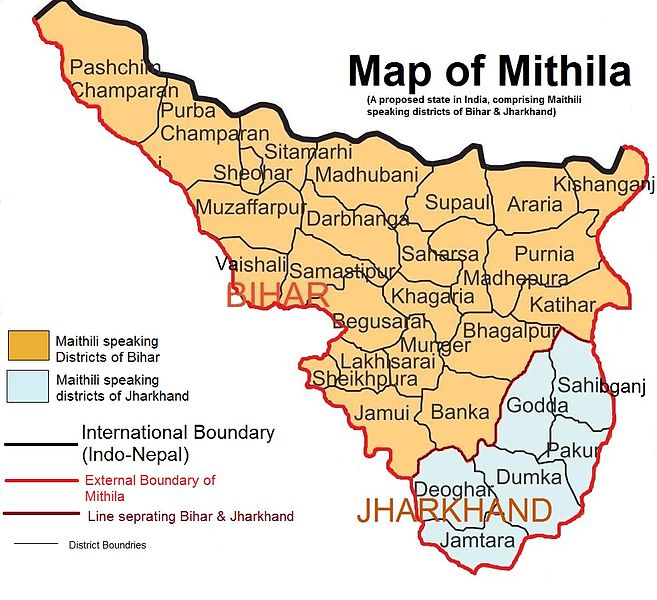Free Courses Sale ends Soon, Get It Now


Free Courses Sale ends Soon, Get It Now



Disclaimer: Copyright infringement not intended.
Context
Details
Geographical and Historical Context
References to Present-day Bihar in the Ramayana:
Cultural Significance
Social and Economic Aspects
Bihar Government's Plans for Punaura
Conclusion
Mithila stands as a repository of ancient heritage, cultural richness, and artistic excellence. Its contributions to art, literature, and traditions have left an indelible mark on the cultural tapestry of India and Nepal. Despite modern advancements, Mithila continues to cherish its heritage while embracing new avenues for growth and development.
|
PRACTICE QUESTION Q. Which of the following regions is historically associated with the origin of Madhubani painting and is known for its rich literary heritage in Maithili language? A) Malwa B) Mithila C) Marwar D) Murshidabad Answer: B) |
© 2024 iasgyan. All right reserved